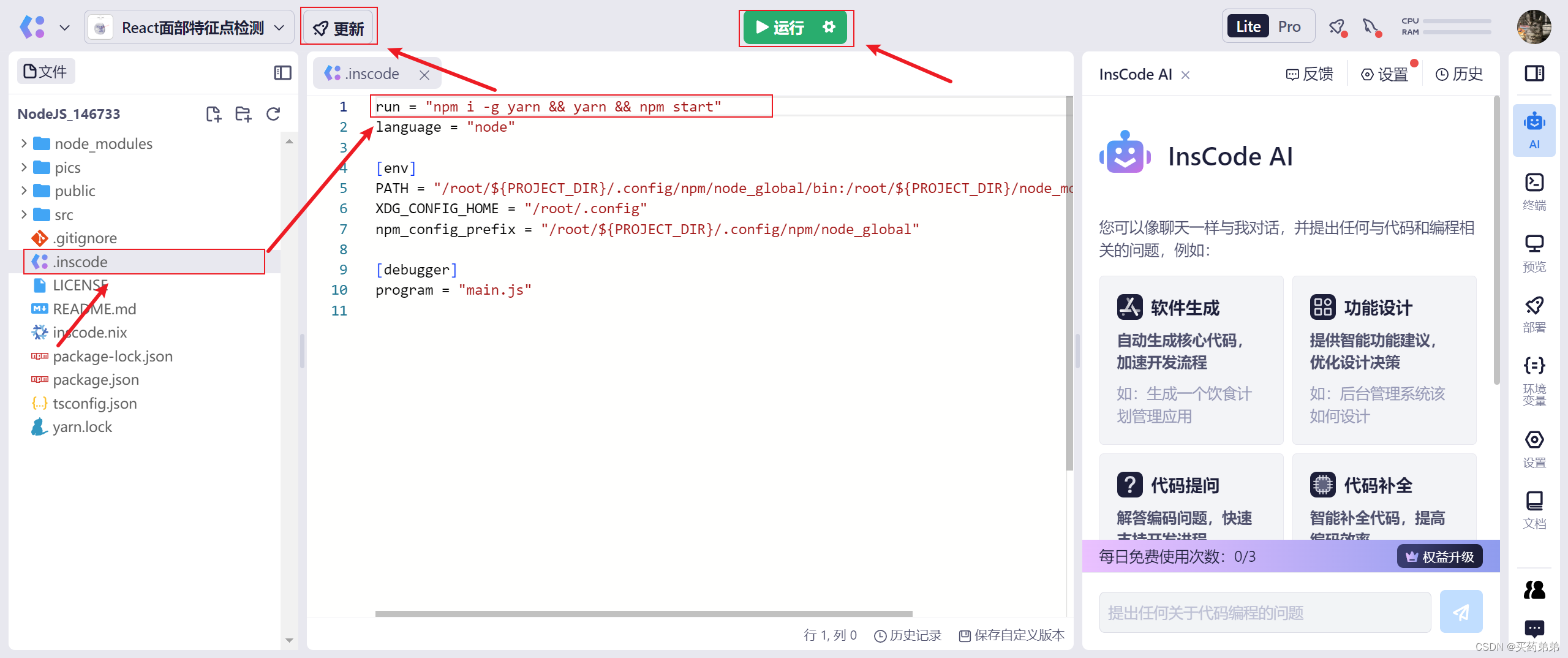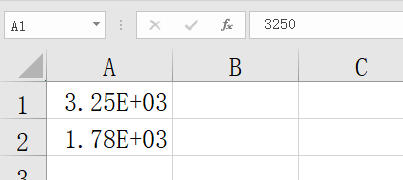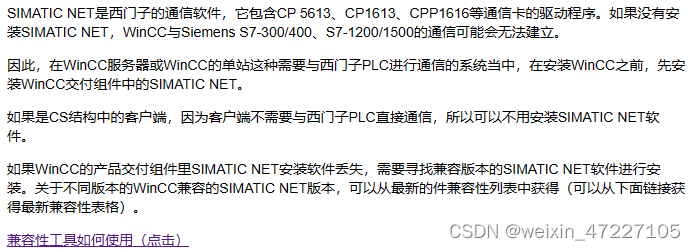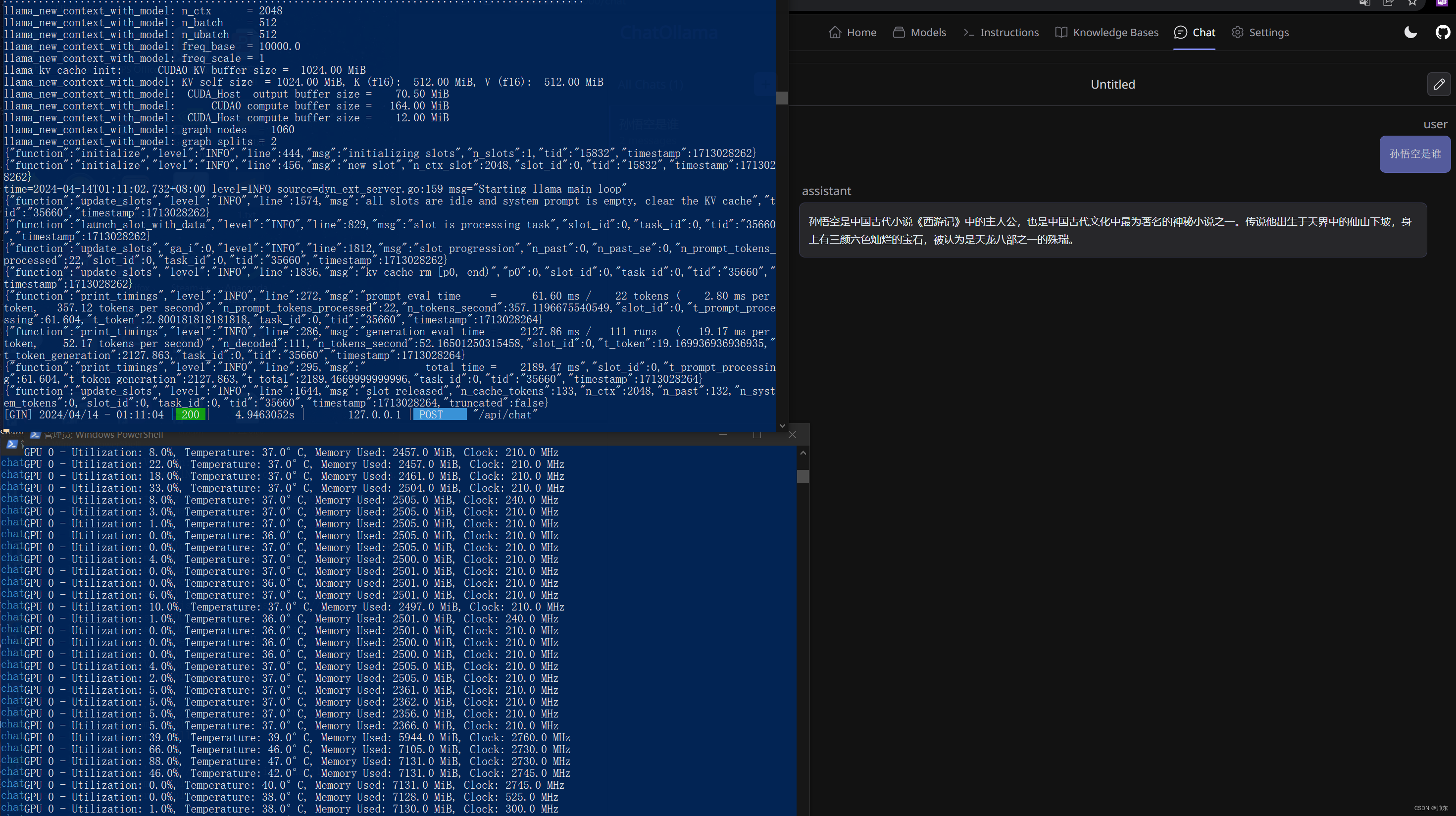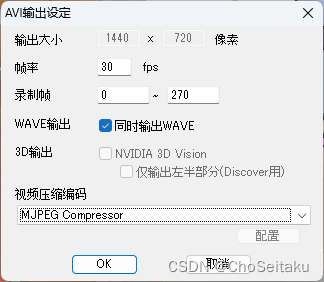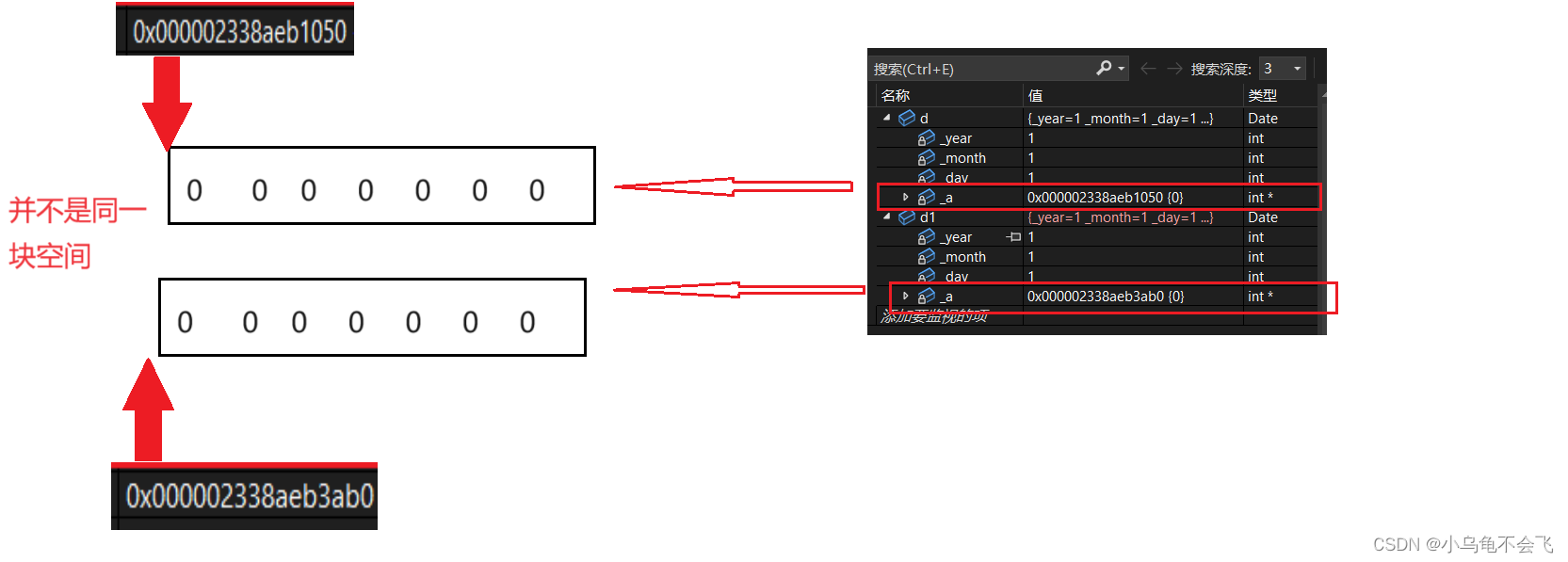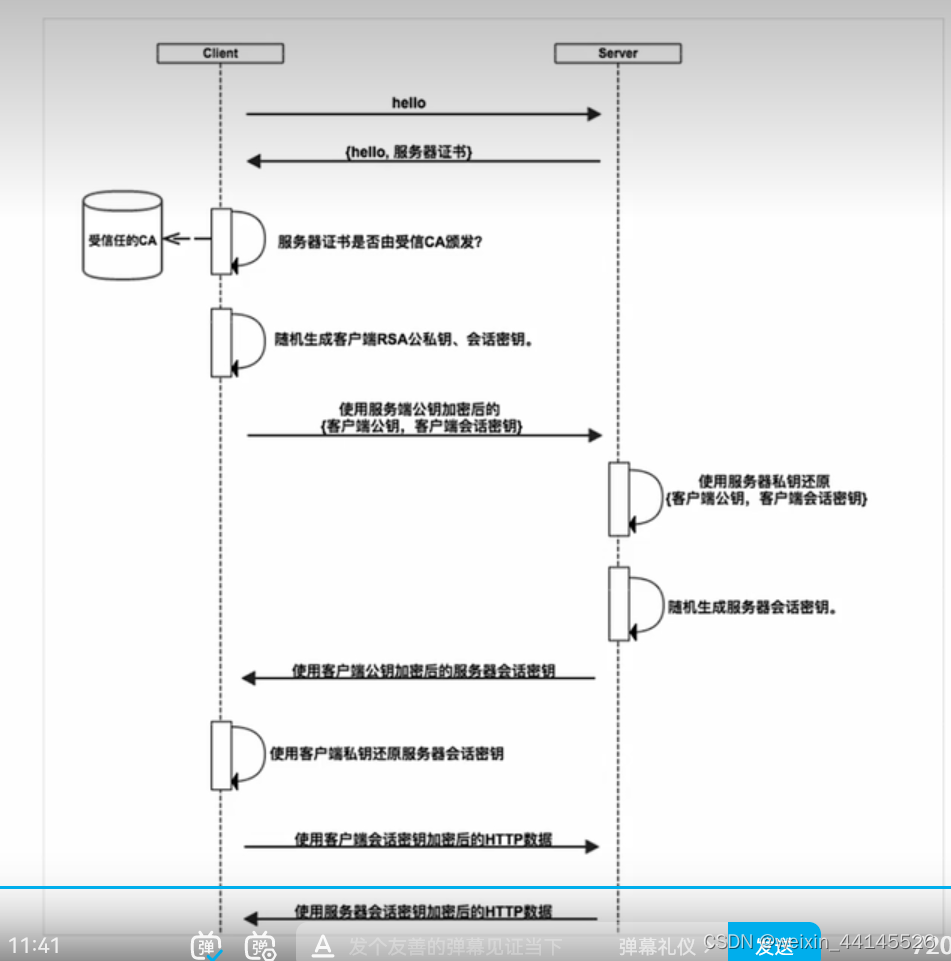Qt快速入门(MV架构之TableView + QStandardItemModel + 自定义代理小案例)
关于MV架构的简单介绍
在Qt框架中,代理(Delegate)、模型(Model)和视图(View)之间的关系构成了MVVM(Model-View-ViewModel)架构的一部分,尽管Qt通常使用Model-View架构。这三者之间的关系可以这样理解:
1. Model(模型)
Model是数据的核心代表,它负责存储和管理应用程序的数据。Model提供了数据的接口,允许View查询和修改数据。Model与View的交互是通过信号和槽机制来完成的,当Model中的数据发生变化时,它会发出信号通知View进行更新。
2. View(视图)
View是Model数据的展示层,它负责将数据以用户友好的形式展示出来,并接收用户的交互操作。在Qt中,View通常是通过一些控件来实现的,比如QListView、QTableView、QTreeView等。View不处理数据的逻辑,它只是简单地展示Model提供的数据。
3. Delegate(代理)
Delegate位于Model和View之间,充当了一个中介的角色。它允许开发者为View中的每个项创建自定义的编辑器或显示组件。代理的作用是处理View中的项的创建、显示和编辑。当用户与View交互时,代理负责将用户的输入转换为对Model的修改,同时也负责将Model的数据转换为View中的显示形式。
代理、模型和视图之间的关系
Model与View:Model和View之间通过数据接口进行交互。Model提供数据,View展示数据。Model通过信号通知View数据的变化,View通过槽来响应这些信号并更新显示。
Model与Delegate:Model提供了数据的接口,而Delegate负责将这些数据以特定方式显示在View中。Delegate从Model获取数据,并将其转换为用户可以理解的形式。
View与Delegate:View使用Delegate来创建和管理每个项的显示和编辑。Delegate为View中的项提供自定义的外观和行为,使得View可以展示复杂的数据项。
Delegate作为中介:Delegate作为Model和View之间的中介,它处理用户的输入并将这些输入转换为对Model的操作。同时,它也负责将Model的数据格式化并展示在View中。
需要注意的是,MV架构中,默认的代理使用的是单行文本框!

UI设计
本博客需要的资源链接。提取码:14ml。
-
创建项目,选择QMainWindow作为主窗口的基类。主窗口名为:TableWindow。
-
为项目添加一个资源文件,将项目用到的图标引用到资源文件中。
-
双击ui文件,移除菜单栏,添加工具栏,保留状态栏。添加数个QAction,如下图:

-
界面设计:
控件名 bjectname frameShape frameShadow readOnly QTableView m_table winpanel sunken \ QPlainTextEdit m_edit winpanel sunken √ -
系统信号和系统槽的连接:

-
系统信号和自定义槽的连接(鼠标右击创建的QAction,选择转到槽):
QAction 要连接的信号 加粗 triggered(bool) 其余的QAction(除退出外) triggered()
整体效果如下:

功能实现
添加一个自定义代理类,类名为ComboBoxDelegate,基类为:QStyledItemDelegate
class ComboBoxDelegate : public QStyledItemDelegate
{
public:ComboBoxDelegate();protected:// 创建一个编辑框QWidget * createEditor(QWidget *parent,const QStyleOptionViewItem &option,const QModelIndex &index) const override;// 将模型中指定索引位置的数据设置到编辑框组件中void setEditorData(QWidget *editor,const QModelIndex &index) const override;// 将编辑框中的数据放回到模型中void setModelData(QWidget *editor,QAbstractItemModel *model,const QModelIndex &index) const override;// 根据视图的样式调整编辑组件的几何形状void updateEditorGeometry(QWidget *editor,const QStyleOptionViewItem &option,const QModelIndex &index) const override;
};ComboBoxDelegate::ComboBoxDelegate()
{}/** 1.创建一个编辑框* 参数:* 参数1 - 新创建的编辑器的父部件* 参数2 - 渲染视图的样式选项* 参数3 - 要编辑位置的模型索引
*/
QWidget * ComboBoxDelegate::createEditor(QWidget *parent,const QStyleOptionViewItem &option,const QModelIndex &index) const
{Q_UNUSED(option);Q_UNUSED(index);QComboBox* editor = new QComboBox(parent );editor->addItem("男");editor->addItem("女");return editor;
}/** 1.将模型中的数据放到编辑框中* 参数1:编辑组件* 参数2:需要设置数据的模型索引** 创建的组件是QComboBox - 给的是QWidget*/
void ComboBoxDelegate::setEditorData(QWidget *editor,const QModelIndex &index) const
{static_cast<QComboBox*>(editor)->setCurrentText(index.model()->data(index, Qt::EditRole).toString());
}/*1.将编辑框中的数据给到模型
*/
void ComboBoxDelegate::setModelData(QWidget *editor,QAbstractItemModel *model,const QModelIndex &index) const
{// index - 将数据放到模型的哪个位置model->setData(index,static_cast<QComboBox*>(editor)->currentText(),Qt::EditRole);
}void ComboBoxDelegate::updateEditorGeometry(QWidget *editor,const QStyleOptionViewItem &option,const QModelIndex &index) const
{Q_UNUSED(index);editor->setGeometry(option.rect);
}
在TableWindow类中,添加Model、和标签,此外手动添加一个m_selection成员的currentChanged信号的槽函数。定义如下:
class TableWindow : public QMainWindow
{Q_OBJECTprivate slots:
/*...
*/// item选择发生了改变void on_m_selection_currentChanged(const QModelIndex ¤t,const QModelIndex &previous);
private:void initModel(QStringList const& strings);Ui::TableWindow *ui;QLabel* m_labCurFile; // 状态栏显示信息QLabel* m_labCellPos; // 状态栏显示信息QLabel* m_labCellText; // 状态栏显示信息QStandardItemModel* m_model;QItemSelectionModel* m_selection;};
TableWindow的构造函数实现如下:
TableWindow::TableWindow(QWidget *parent): QMainWindow(parent), ui(new Ui::TableWindow), m_labCurFile(new QLabel("当前文件: ")), m_labCellPos(new QLabel("单元格位置: ")), m_labCellText(new QLabel("单元格内容: ")), m_model(new QStandardItemModel(this)), m_selection(new QItemSelectionModel(m_model))
{ui->setupUi(this);m_labCurFile->setMinimumWidth(420);ui->statusBar->addWidget(m_labCurFile);m_labCellPos->setMinimumWidth(190);ui->statusBar->addWidget(m_labCellPos);m_labCellText->setMinimumWidth(190);ui->statusBar->addWidget(m_labCellText);ui->m_table->setModel(m_model); // view和model的绑定ui->m_table->setSelectionModel(m_selection);connect(m_selection,SIGNAL(currentChanged(QModelIndex,QModelIndex)),this, SLOT(on_m_selection_currentChanged(QModelIndex,QModelIndex)));// 默认代理是一个编辑框。 // 添加一个自定义代理// 选择对于某一列的数据添加自定义代理ui->m_table->setItemDelegateForColumn(3, new ComboBoxDelegate);
}
加粗的实现:
// 加粗Action的槽函数
void TableWindow::on_m_actBold_triggered(bool checked)
{// selectedIndexes - 获取所有的选中的项的索引for(QModelIndex const& index :m_selection->selectedIndexes()){QStandardItem* item = m_model->itemFromIndex(index);QFont font = item->font();// 获取该item的字体font.setBold(checked);item->setFont(font);}
}
打开文件的实现:
// 打开Action的槽函数
void TableWindow::on_m_actOpen_triggered()
{// 1.获取文件的路径QString path = QFileDialog::getOpenFileName(this, "打开",QCoreApplication::applicationDirPath(),"逗号分隔符文件(*.csv);;所有文件(*.*)");if(path.isEmpty())return;//2.打开文件// 构造一个QFile对象表示的就是path所指向的文件QFile file(path);// 打开file指向的文件 - 以只读和文本模式打开该文件if(!file.open(QIODevice::ReadOnly | QIODevice::Text))return;// 3.读取文件QTextStream stream(&file);// 构建文本流对象, 关联已经打开的文件// stream.setCodec("utf-8");QStringList strings;// readLine - 读一行 atEnd - 文件末尾// 将数据读出来后 - 放到strings列表中while(!stream.atEnd())strings.append(stream.readLine());file.close();initModel(strings);m_labCurFile->setText("当前文件: " + path);
}void TableWindow::initModel(QStringList const& strings)
{m_model->clear();// 1.strings.at(0) 获取的是strings字符串列表中的第一个字符串// 设置列的标题 - 参数1:使用逗号将数据分割, 参数2:忽略空字符串// 将分割后的字符串作为列的标题m_model->setHorizontalHeaderLabels(strings.at(0).split(",", Qt::SkipEmptyParts));// 2.填充数据 - 填充n-1次// values = 1001 张飞 1996-09-12 男 13512345678// 2.3.根据列数获取要循环放入数据的次数int rowCount = strings.count() - 1;for(int row = 0; row < rowCount; row++){QStringList values = strings.at(row + 1).split(",",Qt::SkipEmptyParts);int columnCount = values.size();for(int column = 0; column < columnCount; column++){m_model->setItem(row, column,new QStandardItem(values.at(column)));}}m_selection->setCurrentIndex(m_model->index(0,0), QItemSelectionModel::Select);
}
保存的实现:
// 保存Action对应的槽函数
void TableWindow::on_m_actSave_triggered()
{// 1.获取保存文件路径QString path = QFileDialog::getSaveFileName(this, "保存",QCoreApplication::applicationDirPath(),"逗号分隔符文件(*.csv);;所有文件(*.*)");if(path.isEmpty())return;// 2.打开文件// 构造一个QFile对象表示的就是path所指向的文件QFile file(path);// 打开file指向的文件 - 以可读可写和文本模式 + 清空原文件打开该文件if(!file.open(QIODevice::ReadWrite | QIODevice::Text | QIODevice::Truncate))return;// 3.写入文件QTextStream stream(&file);// 构建文本流对象, 关联已经打开的文件// stream.setCodec("utf-8");// 4.写入列标题// 学号 姓名 出生日期 性别 电话// 循环遍历模型的列 逐列写入标题到文件中int columnCount = m_model->columnCount();for(int col = 0; col < columnCount; col++){stream << m_model->horizontalHeaderItem(col)->text() <<(col == columnCount - 1 ? "\n" : ",");}// 5.写入数据行int rowCount = m_model->rowCount();for(int row = 0; row < rowCount; row++){for(int col = 0; col < columnCount; col++){stream << m_model->item(row, col)->text() <<(col == columnCount - 1 ? "\n" : ",");}}// 6.关闭文件file.close();
}
预览的实现:
//预览Action对应的槽函数
void TableWindow::on_m_actPreview_triggered()
{// 1.清空QPlainTextEdit内容ui->m_edit->clear();// 2.显示列标题QString text;int columnCount = m_model->columnCount();for(int col = 0; col < columnCount; col++){text += m_model->horizontalHeaderItem(col)->text()+ (col == columnCount - 1 ? "" : ",");}ui->m_edit->appendPlainText(text);// 3.显示数据行int rowCount = m_model->rowCount();for(int row = 0; row < rowCount; row++){QString text;for(int col = 0; col < columnCount; col++){text += m_model->item(row, col)->text() +(col == columnCount - 1 ? "" : ",");}ui->m_edit->appendPlainText(text);}
}
添加的实现:
// 添加Action对应的槽函数
void TableWindow::on_m_actAppend_triggered()
{// 1.先获取有多少列int columnCount = m_model->columnCount();if(!columnCount)return;// 2.创建空数据项// 创建新的空数据行 - 需要columnCount个数据项QList<QStandardItem*> items;// 用于存储空的数据项for(int col = 0; col < columnCount; col++)items << new QStandardItem;// 3.插入新行m_model->insertRow(m_model->rowCount(), items);// 4.设置当前选择m_selection->clearSelection();m_selection->setCurrentIndex(m_model->index(m_model->rowCount() -1, 0), QItemSelectionModel::Select);
}
插入的实现:
// 插入Action对应的槽函数
void TableWindow::on_m_actInsert_triggered()
{// 1.先获取有多少列int columnCount = m_model->columnCount();if(!columnCount)return;// 2.创建空数据项// 创建新的空数据行 - 需要columnCount个数据项QList<QStandardItem*> items;// 用于存储空的数据项for(int col = 0; col < columnCount; col++)items << new QStandardItem;// 3.获取当前的模型索引QModelIndex current = m_selection->currentIndex();m_model->insertRow(current.row(), items);// 4.设置当前选择m_selection->clearSelection();m_selection->setCurrentIndex(current, QItemSelectionModel::Select);
}
删除的实现:
// 删除Action对应的槽函数
void TableWindow::on_m_actDelete_triggered()
{// 1.先获取当前位置的索引// 1.1.获取上一行,同一列的位置(上一行, 同一列)// 1.2.判断当前行是否是最后一行QModelIndex current = m_selection->currentIndex();QModelIndex above = m_model->index( current.row() - 1, current.column());bool last = current.row() == m_model->rowCount() - 1;// 2.移除选中行m_model->removeRow(current.row());m_selection->setCurrentIndex(last ? above : current,QItemSelectionModel::Select);
}
对齐的实现:
// 左对齐Action对应的槽函数
void TableWindow::on_m_actLeft_triggered()
{// 1.遍历选中的索引for(QModelIndex const& index : m_selection->selectedIndexes()){m_model->itemFromIndex(index)->setTextAlignment(Qt::AlignLeft | Qt::AlignVCenter);}
}
// 中对齐Action对应的槽函数
void TableWindow::on_m_actCenter_triggered()
{// 1.遍历选中的索引for(QModelIndex const& index : m_selection->selectedIndexes()){m_model->itemFromIndex(index)->setTextAlignment(Qt::AlignHCenter | Qt::AlignVCenter);}
}
// 右对齐Action对应的槽函数
void TableWindow::on_m_actRight_triggered()
{// 1.遍历选中的索引for(QModelIndex const& index : m_selection->selectedIndexes()){m_model->itemFromIndex(index)->setTextAlignment(Qt::AlignRight | Qt::AlignVCenter);}
}
状态栏文本动态变化的实现:
// 选择项改变对应的槽函数
void TableWindow::on_m_selection_currentChanged(const QModelIndex ¤t,const QModelIndex &previous){Q_UNUSED(previous);if(!current.isValid())return;// 添加单元格位置m_labCellPos->setText(QString(" 单元格位置:第%1行, 第%2列 ").arg(current.row() + 1).arg(current.column() + 1));// 添加单元格内容QStandardItem* item = m_model->itemFromIndex(current);m_labCellText->setText(" 单元格内容: " + item->text());// 检查并更新粗体显示状态// item->font().bold() - 判断选中的item的字体是否为 粗体ui->m_actBold->setChecked(item->font().bold());
}
运行效果如下:

本章完结



